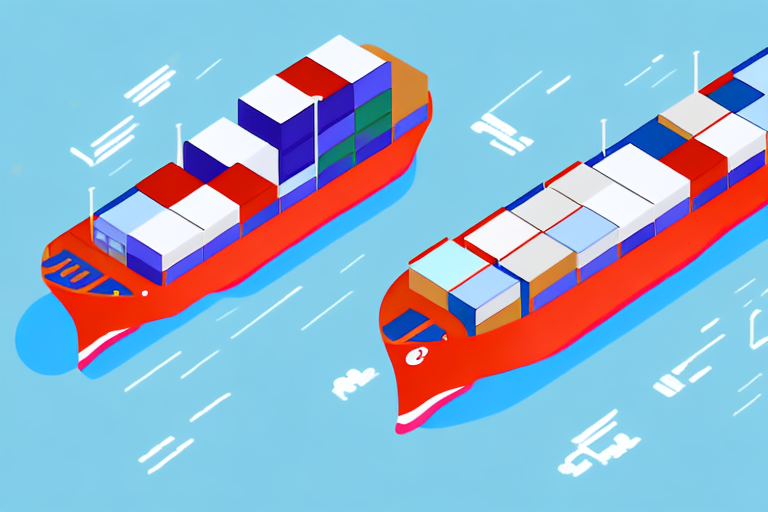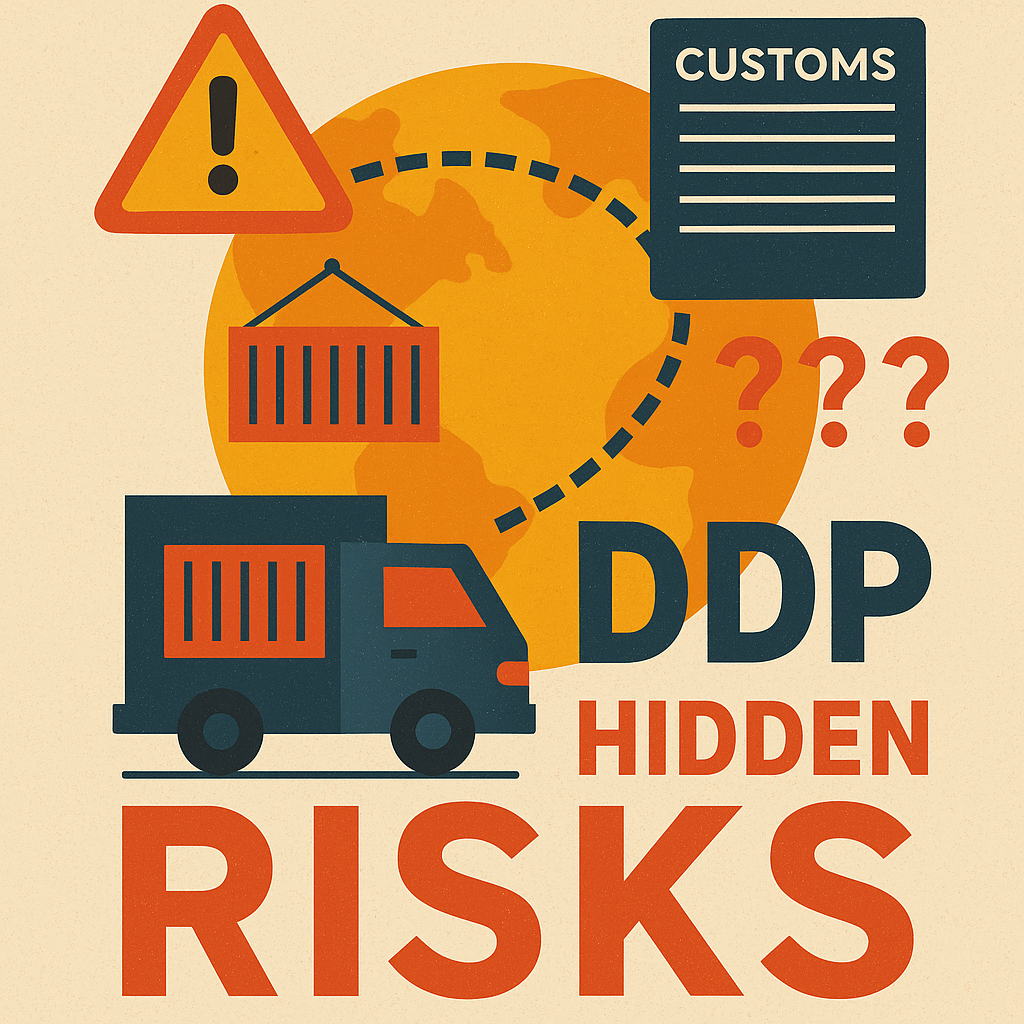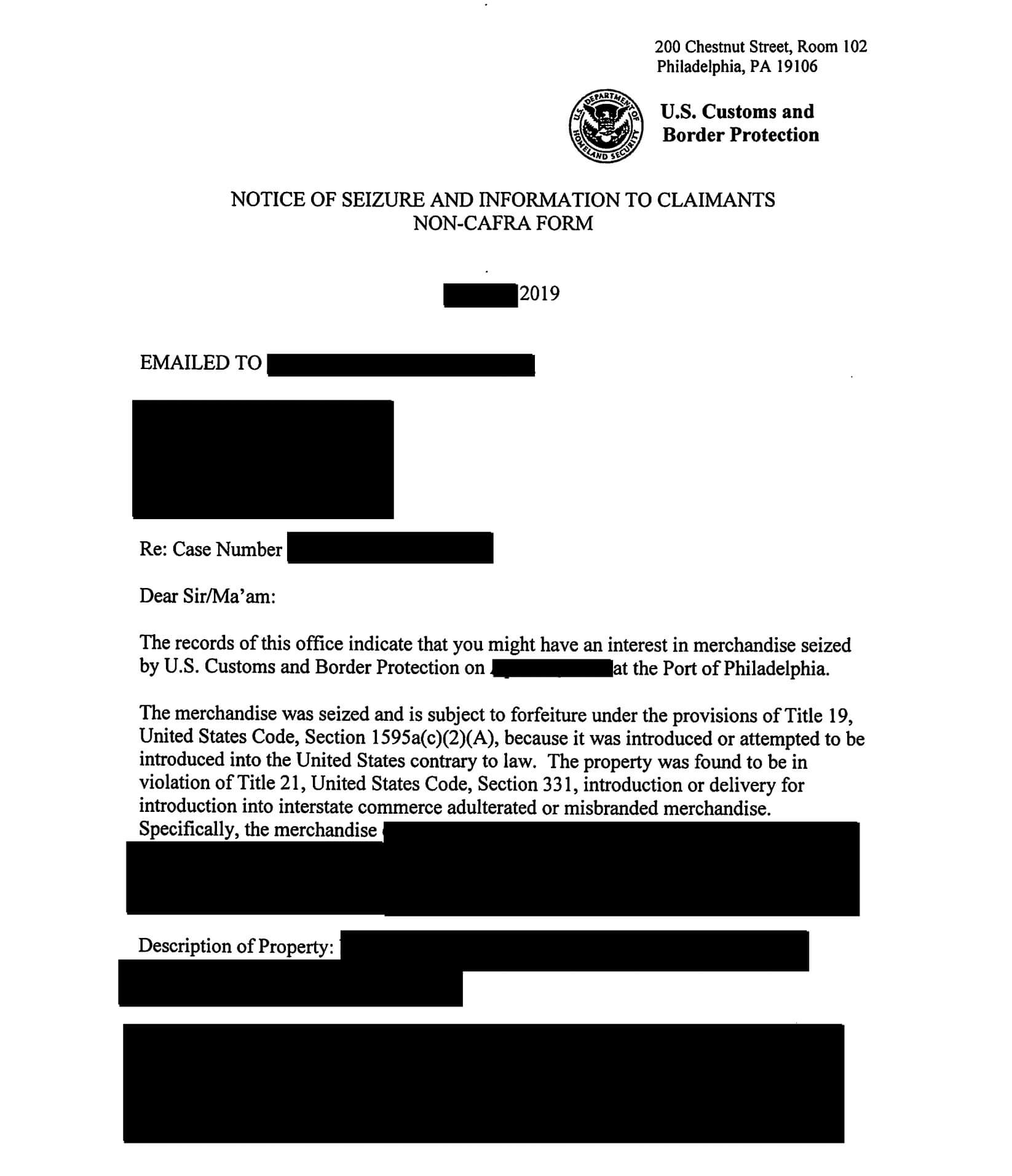Understanding Import Classification
Import classification is the process of assigning specific codes to imported goods based on their characteristics, composition, and intended use. It is a crucial step in the customs clearance process, as the assigned classification code determines the applicable duties, taxes, and regulatory requirements for the goods. Understanding import classification involves familiarizing oneself with the harmonized system (HS) codes, which are internationally recognized codes used to classify products for customs purposes.
Import classification plays a vital role in international trade. It not only helps customs authorities in determining the appropriate duties and taxes but also enables governments to monitor and regulate the importation of certain goods. The harmonized system (HS) codes, which are used for import classification, are a standardized classification system that is recognized and used by almost all countries around the world. These codes provide a common language for trade and facilitate the smooth flow of goods across borders. Importers and exporters need to have a good understanding of import classification to ensure compliance with customs regulations and to avoid any delays or penalties in the importation process.
The Importance of Proper Import Classification
Proper import classification is of utmost importance for several reasons. Firstly, it ensures compliance with international trade regulations and enables customs authorities to accurately assess the duties and taxes owed on imported goods. Secondly, it helps prevent the misdeclaration or smuggling of prohibited or restricted goods, safeguarding national security and economic interests. Additionally, accurate import classification enhances trade facilitation by enabling efficient customs clearance, reducing delays and associated costs for importers.
Key Players in Import Classification
Import classification involves the collaboration of various stakeholders. Importers are primarily responsible for providing accurate information about their imported goods, including their composition, functionality, and intended use. Customs authorities play a crucial role in reviewing and verifying the provided information, assigning the appropriate classification code, and ensuring compliance with relevant customs laws and regulations. Trade associations and industry experts also contribute by providing guidance on specific product classifications and sharing best practices.
Legal and Regulatory Framework for Import Classification
Import classification is governed by a comprehensive legal and regulatory framework that varies across jurisdictions. Custom laws, tariff regulations, and international trade agreements provide the legal basis for classification criteria and methodologies. These laws and regulations are continuously updated to adapt to evolving trade practices and technological advancements. It is essential for importers and customs authorities to stay abreast of these changes to ensure compliance.
The Role of Customs Authorities in Import Classification
Customs authorities are responsible for administering and enforcing import classification regulations. They review import documentation provided by importers and perform audits or inspections to ensure the accuracy of the declared classification codes. Customs authorities also have the power to reclassify goods if they find discrepancies or misdeclarations. Their role is crucial in maintaining the integrity of customs processes and protecting national revenue and security.
Responsibilities of Importers in Classification Process
Importers have several responsibilities in the import classification process. Firstly, they must provide detailed and accurate product information to customs authorities, including the goods’ composition, functionality, and intended use. Importers should also be aware of any specific regulations or requirements related to their products, such as health and safety standards or import restrictions. It is essential for importers to maintain proper documentation and records to support the declared classification codes and respond to any audits or inquiries from customs authorities.
Challenges and Risks Associated with Import Classification
Import classification poses certain challenges and risks for importers. Determining the correct classification code can be complex, especially for goods with multiple components or functionalities. The lack of harmonization among different countries’ classification systems further complicates the process, potentially leading to discrepancies or disputes. Misclassifying goods can result in increased duties, fines, and penalties, disrupting supply chains and damaging business reputation. Therefore, importers must carefully navigate these challenges and mitigate associated risks.
Best Practices for Effective Import Classification
Adopting best practices can significantly enhance the effectiveness of import classification processes. Importers should invest in robust product information management systems that centralize and standardize product data, facilitating accurate classification. Regular training and education for import staff on classification principles and updates are also crucial. Establishing strong partnerships with customs authorities and industry experts can provide valuable guidance and ensure compliance. Implementing internal controls and conducting periodic internal audits can help identify and rectify any classification errors before they cause significant issues.
Common Mistakes to Avoid in Import Classification
Importers must be aware of common mistakes that can occur during import classification and take necessary precautions to avoid them. Failing to provide complete and accurate product information to customs authorities can lead to incorrect classification and subsequent penalties. Relying on outdated or inappropriate classification codes, rather than conducting proper due diligence, can also result in costly errors. Misinterpreting or misapplying classification rules and criteria is another common mistake that importers should be cautious of. Diligence and attention to detail are paramount in mitigating these risks.
Strategies for Ensuring Accurate Import Classification
To ensure accurate import classification, importers can employ various strategies. Firstly, conducting thorough research and analysis of relevant classification rules and criteria is essential. This may involve consulting customs authorities, trade associations, or industry experts to gain a comprehensive understanding of the specific requirements for their goods. Leveraging technology solutions, such as classification software or databases, can automate and streamline the classification process, reducing the potential for human error. Collaboration and knowledge sharing among supply chain partners can also enhance classification accuracy through collective expertise.
Technology Solutions for Streamlining Import Classification
Advancements in technology have led to the development of innovative solutions for streamlining import classification processes. Classification software and databases leveraging artificial intelligence and machine learning algorithms can help importers identify and assign the most appropriate classification codes by analyzing product characteristics and historical data. These technologies not only enhance accuracy but also offer increased efficiency and productivity by reducing manual effort and time-consuming research. Importers should explore these technological solutions to optimize their import classification procedures.
Impact of Incorrect Import Classification on Businesses
The impact of incorrect import classification can be significant for businesses. Underpaying or overpaying customs duties due to misclassification can result in financial losses or excess costs, affecting the overall profitability of import operations. Non-compliance with regulatory requirements, such as product safety or environmental standards, may lead to legal consequences or negative reputational impacts. Disruptions to supply chains caused by disputes or delays in customs clearance can result in customer dissatisfaction and loss of business. Therefore, ensuring accurate import classification is vital for the sustainable growth and success of businesses involved in international trade.
Case Studies: Lessons Learned from Import Classification Disputes
A study of import classification disputes can provide valuable insights into the challenges and consequences associated with inaccurate classification. By examining real-world cases, importers can learn from others’ mistakes and take proactive measures to avoid similar issues. Case studies offer an opportunity to analyze the factors that contributed to misclassification, the legal implications and penalties imposed, and the strategies employed to resolve these disputes. Learning from these lessons can help importers build robust import classification practices and minimize the risks of disputes.
Evolution of Import Classification Standards and Practices
Import classification standards and practices have evolved over time, driven by factors such as technological advancements, globalization, and the need for harmonization among trading nations. As international trade continues to expand, efforts are being made to establish uniform classification systems and standards. International organizations, such as the World Customs Organization (WCO), play a crucial role in developing and promoting these standards, facilitating trade and improving consistency in import classification practices worldwide. Importers should stay updated on these evolving standards to ensure compliance and competitiveness in the global marketplace.
International Harmonization Efforts in Import Classification
International harmonization efforts aim to achieve consistency and uniformity in import classification practices across different jurisdictions. By aligning classification systems and criteria, these initiatives seek to reduce trade barriers and enhance trade facilitation. The adoption of international conventions and agreements, such as the HS Convention and the WCO’s Harmonized System, promotes a common understanding and application of classification rules and methodologies. Importers should actively participate in and support international harmonization efforts to benefit from streamlined customs procedures and improved efficiency in cross-border trade.
Evaluating the Efficiency of Import Classification Systems
It is essential to periodically evaluate the efficiency of import classification systems to identify areas for improvement and optimize processes. Key performance indicators (KPIs), such as classification accuracy rates, classification cycle time, and compliance rates, can provide valuable insights into the effectiveness of classification practices. Conducting regular reviews and assessments, often in collaboration with customs authorities and industry experts, allows importers to identify bottlenecks, mitigate risks, and implement necessary changes to enhance efficiency and compliance.
Training and Education for Successful Import Classification Procedures
Training and education play a fundamental role in ensuring successful import classification procedures. Importers should invest in comprehensive training programs for their staff involved in the classification process, covering the relevant legal and regulatory frameworks, classification methodologies, and updates. Ongoing professional development opportunities, such as workshops or seminars conducted by trade associations or customs authorities, can further enhance the knowledge and skills of import personnel. By prioritizing training and education, importers can build a competent and empowered workforce capable of effectively navigating the complexities of import classification.
Implications of Automated Customs Systems on Import Classification
The advent of automated customs systems has significantly impacted import classification processes. These systems leverage technology to enhance efficiency, accuracy, and transparency in customs operations. Automated systems, such as customs clearance platforms or electronic data interchange (EDI) systems, minimize manual interventions, reduce paperwork, and enable real-time communication between importers and customs authorities. Importers should adapt to these technological advancements and integrate with automated customs systems to leverage the benefits of improved import classification procedures.
Future Trends in Global Import Classification
The future of global import classification is influenced by various emerging trends. Increasing digitization and automation of customs procedures, including the use of artificial intelligence and blockchain technology, will revolutionize import classification processes, improving accuracy and speed. The growing focus on sustainability and environmental considerations is likely to lead to the development of new classification criteria related to eco-friendly products or packaging. Additionally, the evolving geopolitical landscape and changes in trade policies may necessitate frequent updates and revisions to import classification systems, requiring importers to remain adaptable and responsive to these trends.
As import classification significantly impacts trade compliance, customs processes, and supply chain efficiency, it is crucial to understand the responsibilities, challenges, and best practices associated with this process. By engaging with the various stakeholders involved, staying updated on legal and regulatory requirements, leveraging technology solutions, and investing in training and education, importers can navigate import classification successfully and ensure compliance with customs regulations. Ultimately, a comprehensive and accurate import classification procedure contributes to the smooth flow of international trade and fosters business growth and competitiveness.






